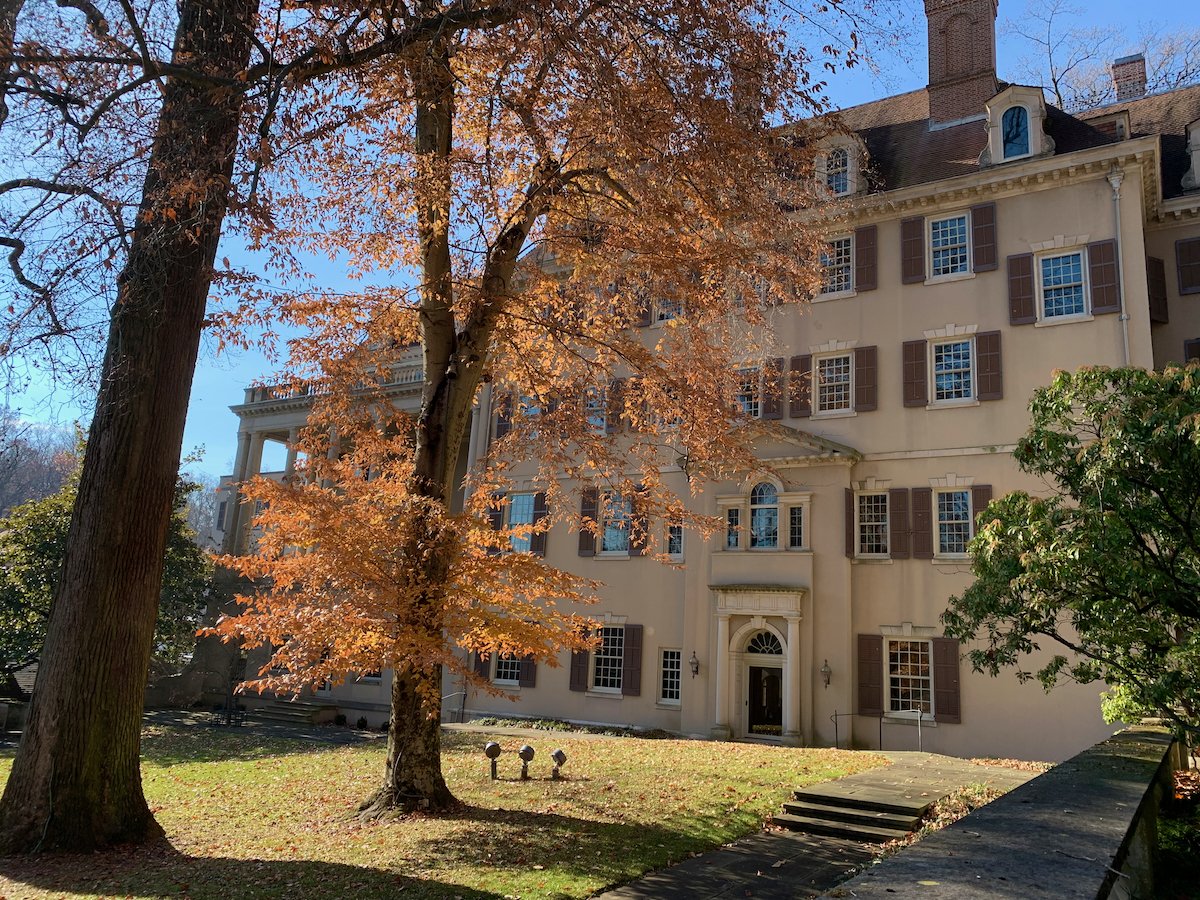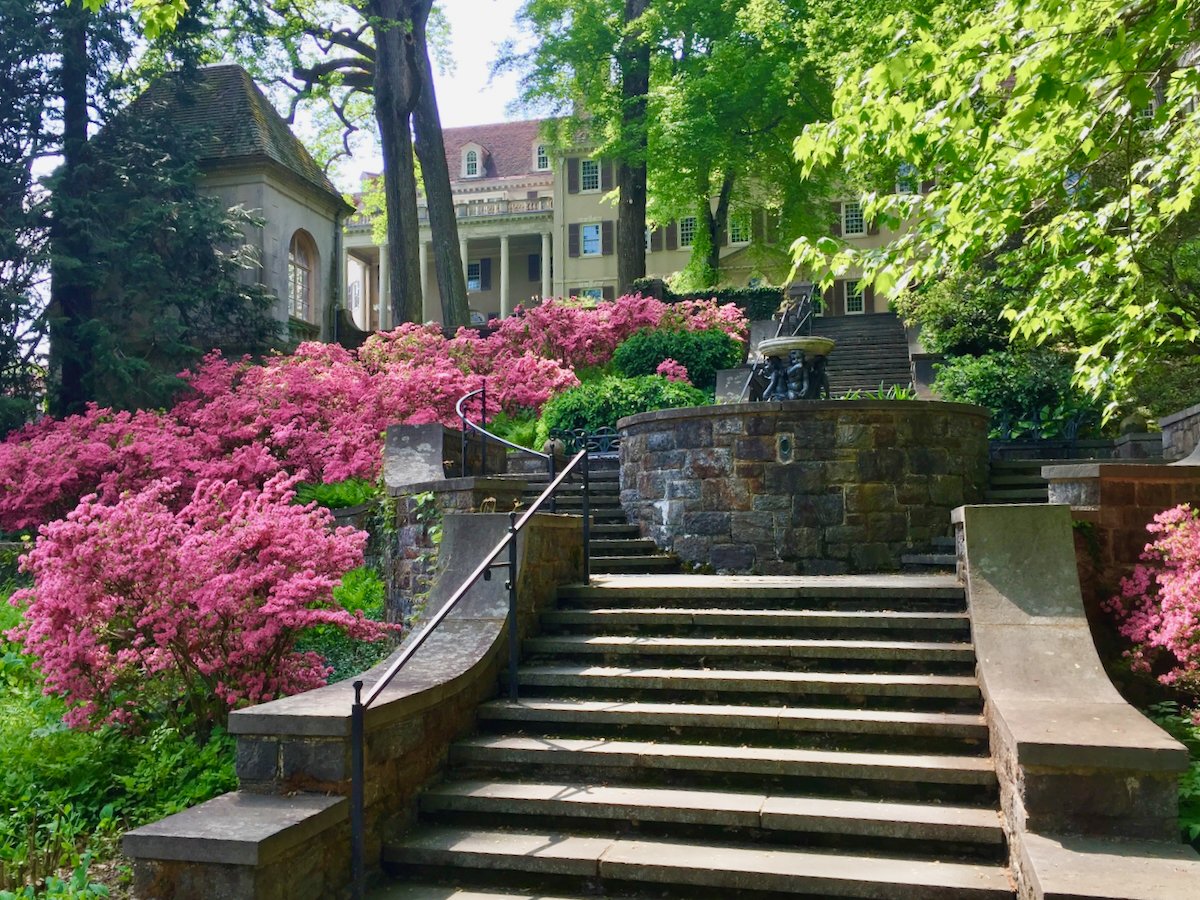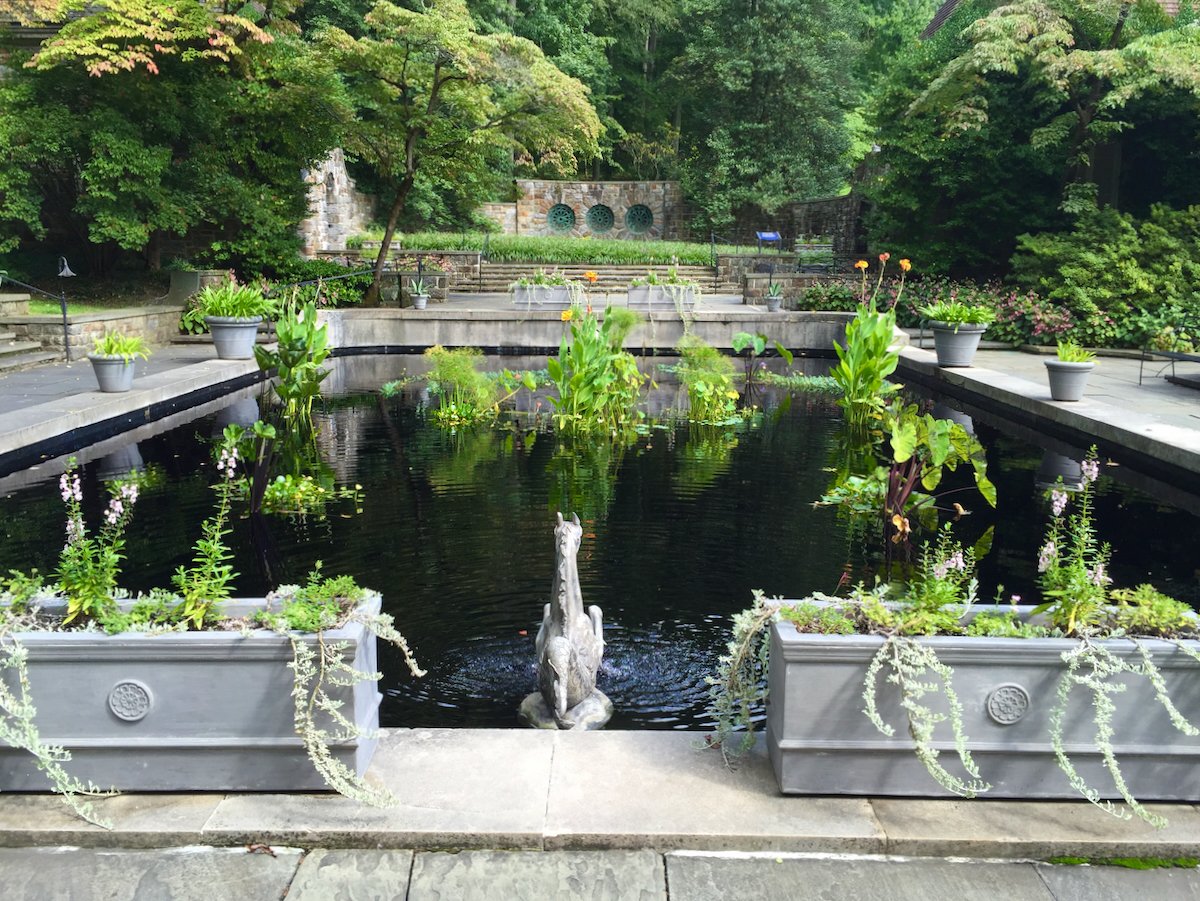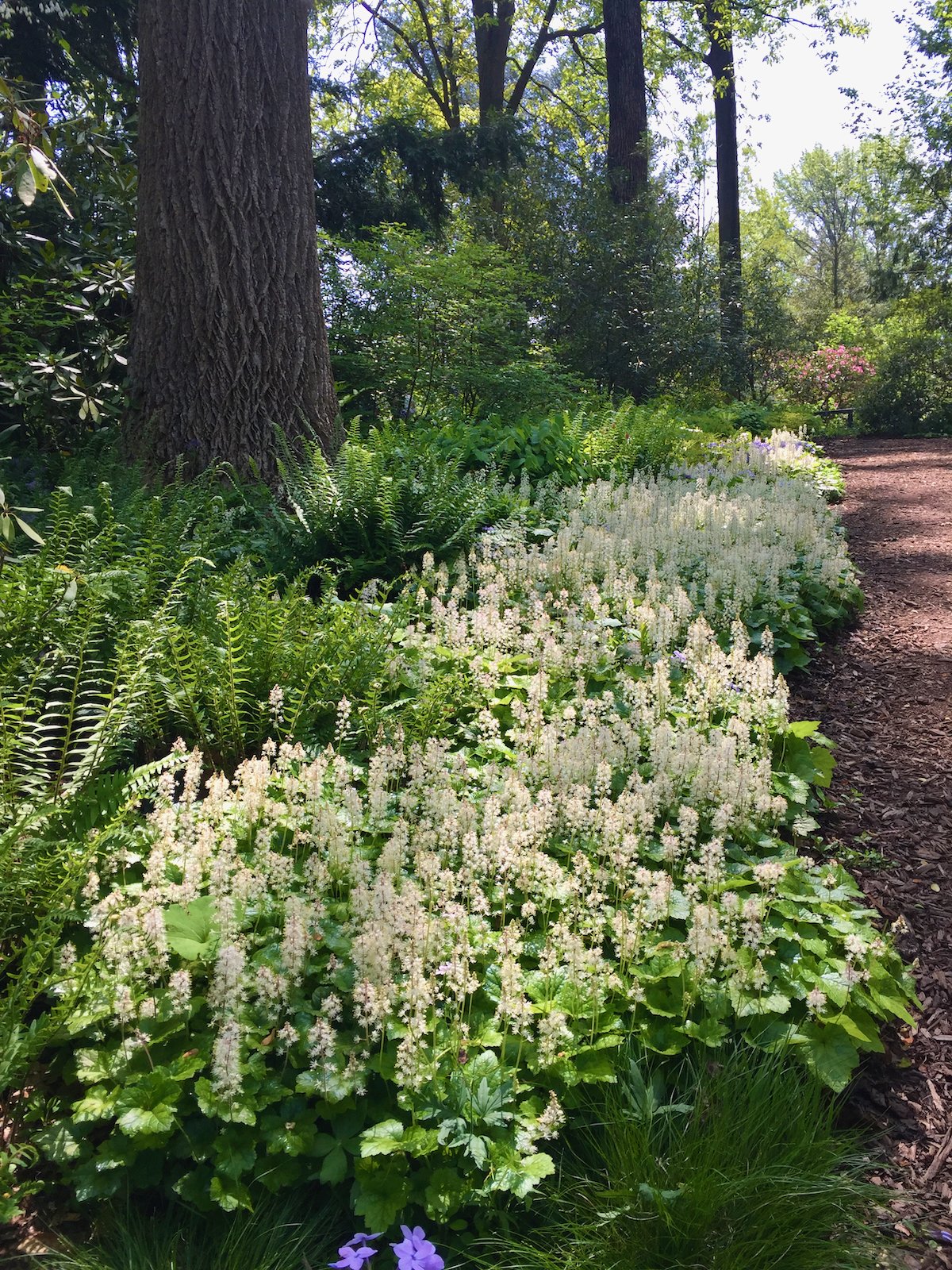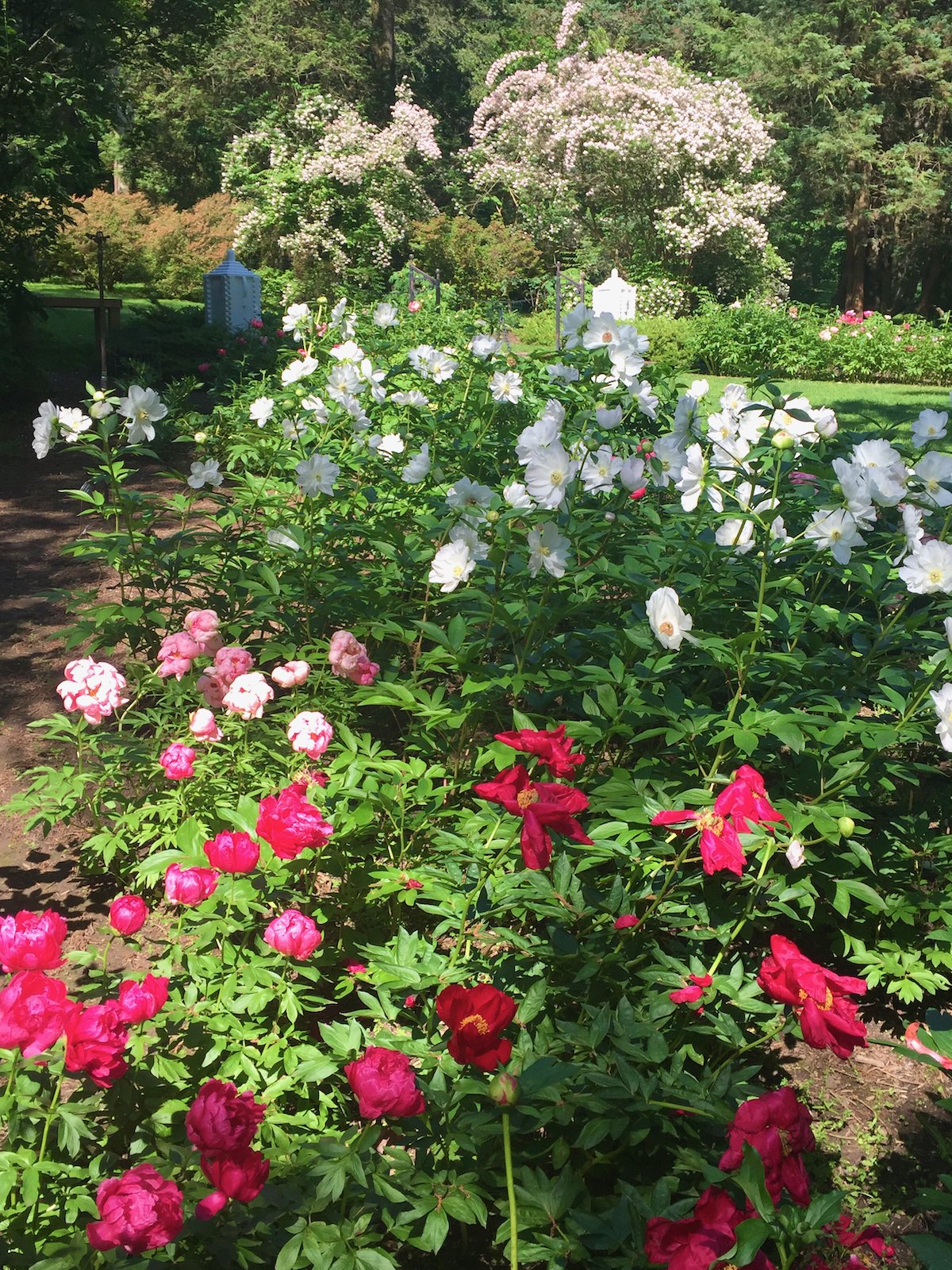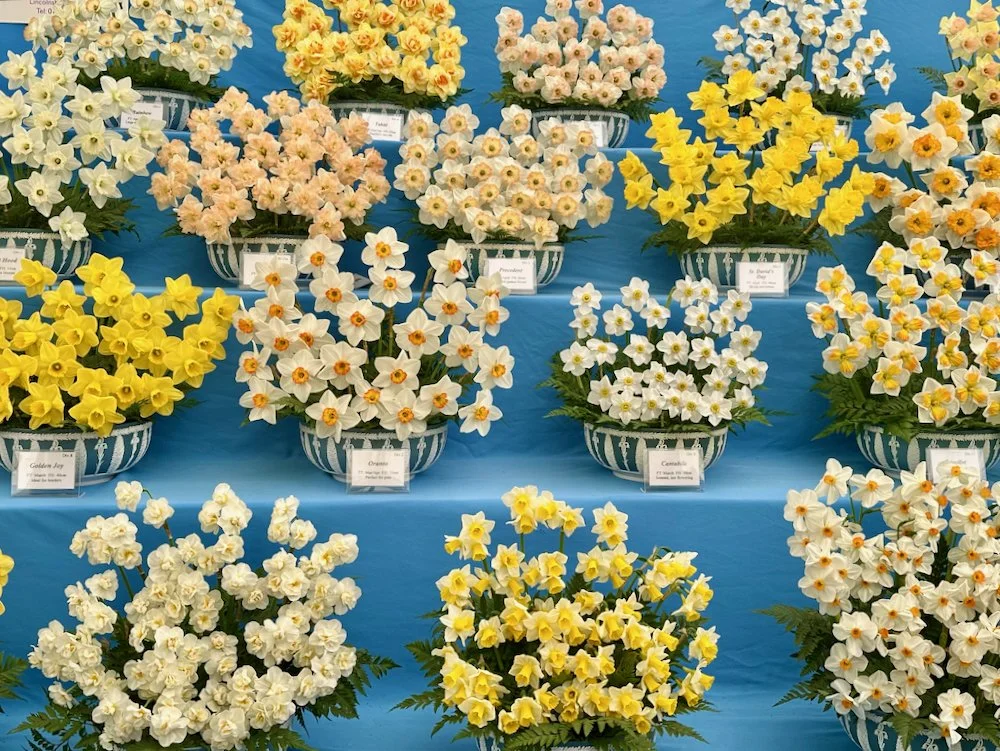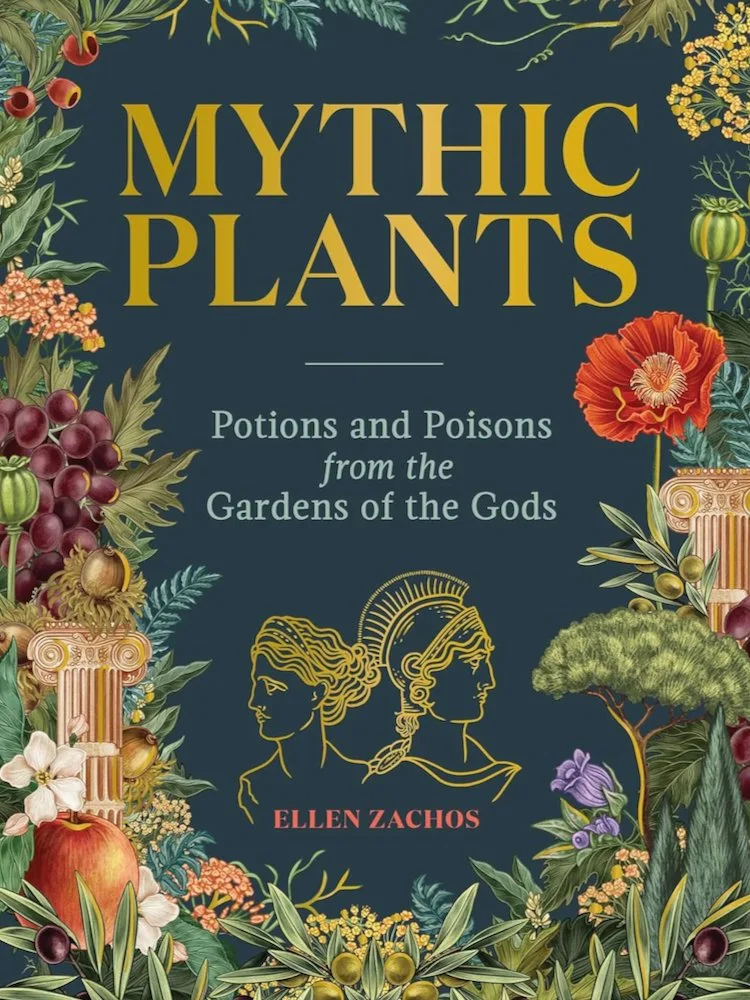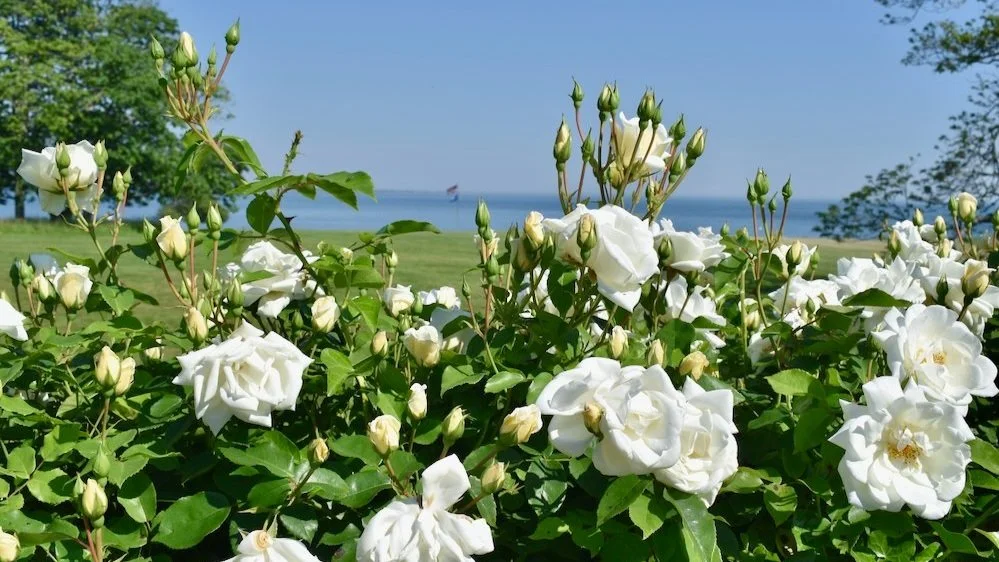Winterthur: A Glorious du Pont Garden
/An excerpt from The Garden Tourist’s Mid-Atlantic: A Guide to 90 Beautiful Historic and Public Gardens by Jana Milbocker. Publication date: April 2024
Nestled in 1,000 acres of rolling hills and meadows in the Brandywine Valley, Winterthur is a historic estate with a magnificent 60-acre garden and a museum of American decorative arts. The collection of 90,000 objects made or used in America since 1640 is displayed in a 175-room museum that was once the home of Henry Francis du Pont. Accompanying graduate degree programs and an extensive research library make Winterthur the leading center of decorative arts in the country.
When Henry Francis du Pont inherited Wintherthur in 1927, he had already been responsible for its garden for almost 20 years. The estate had been his family home, in the du Pont family since 1816. The du Ponts had a shared interest in horticulture and farming. At its height, Winterthur was its own town, with 2,500 acres of farms, vegetable and flower gardens, a sawmill, railroad station, a post office and its own zip code. Henry earned a degree in practical agriculture and horticulture so that he could successfully manage the family estate.
Photo courtesy of Winterthur
Henry had a life-long passion for gardens and plants. Influenced by the theories of William Robinson and Gertrude Jekyll as well as his visits to gardens throughout Europe, Henry spent almost 60 years working on his gardens. The estate had second-growth oak-chestnut forests, typical of the Brandywine area. American chestnuts, tulip poplars, red maples, hickories, oaks and American beech grew in groupings in the woodlands. A trip to England with his father inspired them to add a pinetum of unusual conifers. In 1909 he began ordering spring bulbs by the tens of thousands and having them planted in large drifts throughout the property. When chestnut blight attacked the native trees in 1917, Henry began planting the newly available Japanese karume azaleas. This grew into the eight-acre Azalea Woods that fill the woodlands with dazzling color in early May. Adjacent to the house, the March Bank was planted a carpet of Glory-of-the-snow, crocus, snowdrops, Siberian squill, Winter aconite and Amur Adonis that greet early spring. The du Ponts used Winterthur primarily in spring and fall, so these were the important seasons for flowering displays.
Photo courtesy of winterthur
When he added a massive nine-story addition to the house to display his collection of antiques and decorative arts, Henry hired his lifelong friend and landscape designer Marian Cruger Coffin to design a new garden that would integrate the house with the landscape. Marian created a series of terraces and a grand central staircase that descend to a rectangular pool with two charming changing pavilions. Shaded by ancient tulip trees, the hillside plantings include dogwoods, viburnums, azaleas and handkerchief trees. Twenty years later she also designed the Sundial Garden as a spring collection of lilacs, quinces, and cherry, crabapple and dogwood trees.
Azalea Woods was a garden that he worked on for 40 years. He was the artist, and this garden was his painting. Underneath the canopy of tall trees with their leaves unfurling in chartreuse green were waves of pastel colored azaleas in shades of pink, white, salmon and red. These in turn were underplanted with Spanish bluebells, white trilliums and Italian windflowers. Henry was fascinated with color, and would move mature blooming azaleas to achieve his ideal color harmonies. He also incorporated a few discordant plants in a grouping to “chic it up” or enliven the composition with an unexpected hue.
During the last part of his life, Henry focused on achieving a succession of bloom in his garden. As more and more visitors came to the museum that opened to the public in 1950 and toured the gardens, Henry added plantings to existing gardens to ensure that the flower display continued through all seasons. He kept meticulous notes with the bloom times of all of his plants, and adjusted accordingly. He added lilies to Azalea Woods, wildflowers to the March Bank, and more flowering shrubs throughout the gardens. Henry continuously sought out new varieties of trees, shrubs and flowers, and tested them for several years before incorporating them in the garden. He formed strong relationships with Charles Sprague Sargent and other prominent plant collectors, breeders, and botanical gardens, and consulted with them on plant cultivation and new plant varieties.
Other gardens of interest at Winterthur include a peony garden that is spectacular in late May and the Quarry Garden with its spring display of Japanese candelabra primrose and other damp-loving perennials. The newest garden is the three-acre Enchanted Woods on a site once occupied by the children’s play set. With its thatched Faerie Cottage, Troll Bridge, whimsical Tulip Tree House, giant Bird’s Nest and a Forbidden Fairy Ring with misting mushrooms, it is a fantasy garden for kids of all ages. A garden tram tour is available at Winterthur which provides a history of the property as well as an overview of the gardens and grounds.
Photo courtesy of winterthur
Winterthur is featured on The Garden Tourist’s Spring in Brandywine Valley Tour, May 2024.
Winterthur Museum, Garden & Library
5105 Kennett Pike, Wilmington, DE 19807, 800-448-3883, winterthur.org
You Might Also Like







